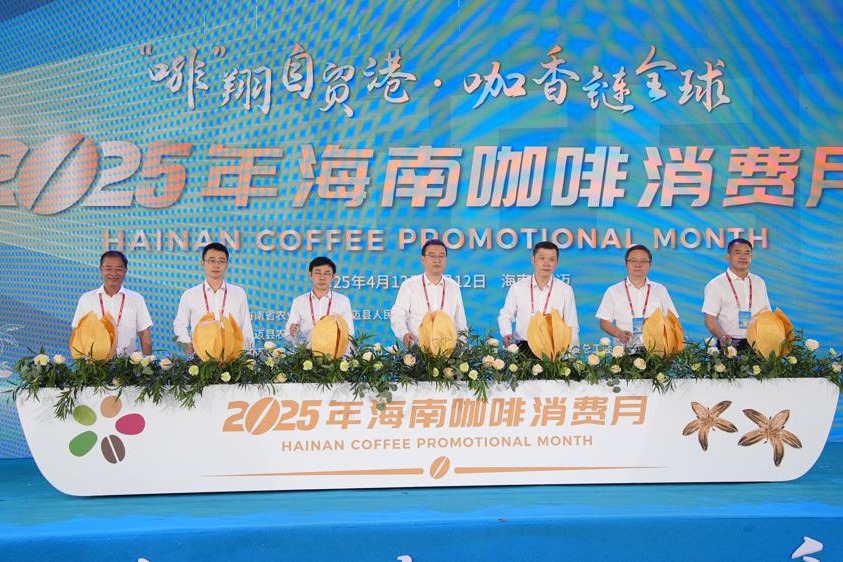Central bank to use new rate for lending

China will stop using the traditional benchmark lending rate for new loans starting next year, which is considered a milestone in the 25-year process of market-oriented interest rate liberalization reform. Economists expected a more flexible mechanism to reduce financing costs for companies and households.
The loan prime rate, which was introduced by the central bank in August, will become the only benchmark rate for banks' new lending as of Jan 1. Financial institutions and their clients can negotiate a floating rate higher or lower than the benchmark, according to a statement from the People's Bank of China, the central bank, on Saturday.
For the loans already issued but not yet due, borrowers will need to sign new contracts with banks between March and the end of August to shift the benchmark interest rate into the LPR, the central bank said.
The LPR will also become the new anchor for home mortgages. But the mortgage rate for 2020 will remain unchanged. Starting in 2021, mortgage loan borrowers can either choose a fixed rate or a floating rate that changes along with the LPR, according to the PBOC.
The central bank has long advocated for a price-based framework, where market-oriented interest rates, instead of central bank administrative controls, play a larger role in order to improve the efficiency of the country's macroeconomic management.
To maintain financial stability, the process of interest rate liberalization reform has been gradual since 1996, and the monetary authority has taken prudent measures that did not lead to risks associated with excessive price competition between banks. The deregulation of lending rates was ahead of deposit rates. Interest rates in the money and bond market have already been determined by market demand and supply.
"The benchmark rate shift in January is one quarter earlier than the market expected, and the transformation of outstanding loans showed the PBOC's determination to push forward lending rate liberalization reform," said Li Chao, chief macroeconomy researcher at Huatai Securities.
Because the LPR is refreshed on the 20th day of each month, the new interest rate mechanism will be more flexible, and over the long run, the LPR is likely to decrease, so financing costs may continually go down, said Zhang Xu, an analyst at Everbright Securities.
When more bank lending is linked to the LPR — once the PBOC cuts the LPR in the future — more companies will be able to get cheaper loans and financing costs will be reduced as a way to counter economic downside pressure, Zhang said.
In line with the new policy, it is also likely that in January the central bank will cut the reserve requirement ratio, the cash commercial banks must hold in reserve, to increase liquidity in the financial system, he added.
The PBOC also may abandon the traditional one-year lending rate after August, when the outstanding loans' transform period ends, Li said.
Using the unified new benchmark rate for outstanding loans will decrease commercial banks' profits from the deposit-lending interest margin, but the central bank is expected to increase credit and total social financing to ensure the stable performance of banks, Li said.
The traditional, one-year benchmark lending rate set by the central bank has been unchanged since 2015. The new anchor LPR reflects lending rates that 18 banks offer to their best clients and are set with reference to rates on the medium-term lending facility — a central bank monetary policy tool for lending money to commercial banks.
The one-year LPR was 4.15 percent, the PBOC reported on Dec 20. The five-year LPR, a reference rate for mortgage loans, was 4.80 percent. Within five months, the one-year LPR has been reduced by 15 basis points, or 0.15 percentage point, when many of the world's major central banks cut the policy rates or restarted quantitative easing to spur economic growth.
By the end of November, outstanding loans denominated in yuan and foreign currencies stood at 157.56 trillion yuan ($22.52 trillion), up by 11.9 percent from a year earlier, the PBOC said. About 29 trillion yuan of that is home mortgages.




































